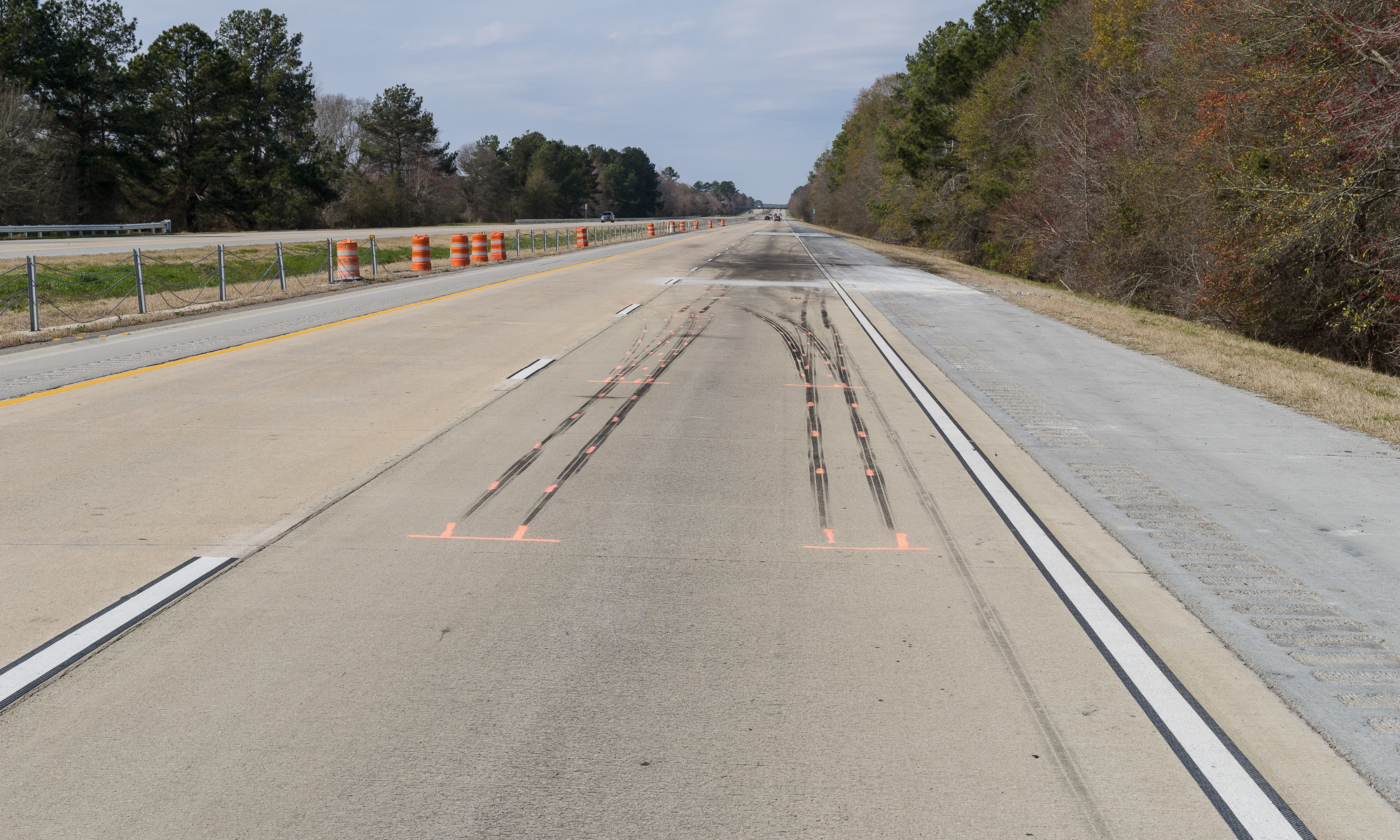Tire pressure monitoring systems (TPMS) are required on cars, pickups, and SUVs, and can be found on some heavy trucks. A TPMS simply warns the driver that the air pressure in a tire dropped to a certain pressure, or dropped a certain percent below the programmed pressure. TPMS does not replenish the air.
Onboard tire inflation systems, which are becoming common on air-braked trucks, semi-trailers, and buses, use the onboard air system to maintain the appropriate air pressure in each tire. Truck tire inflation systems only warn a driver if a tire loses air faster than the system can replenish it.
During routine maintenance, after a tire issue, or after an accident, you will often want to check all tire inflation pressures, even if there is a tire monitoring system or an onboard inflation system. You’ll need to ensure that either type of system was working properly. That requires checking each tire pressure individually.
With either system, how to you access the valve for each tire? Below are two examples.
First is a Stemco AirBat RF tire monitoring system on the rear tandems of a three-axle truck tractor. (Click on image to enlarge, then click on back arrow to return to this post.)

There are two standard metal valve caps—one for each tire of the dual. Remove these caps and use a truck tire pressure gauge as you normally would. You can also add air through these valves if required. (Click on image to enlarge, then click on back arrow to return to this post.)

Make sure you know which valve goes to which tire. It’s easy to do; just trace the hose back to its associated wheel.
As an example of tire inflation systems, the Meritor Tire Inflation System by P.S.I. (MTIS) is a popular system on both new and retrofitted semi-trailers. (Click on image to enlarge, then click on back arrow to return to this post.)

With MTIS, twist the knurled fitting at either end of the through tee, then use your truck tire pressure gauge on the valve at the end of each hose. Again, make sure you trace which hose goes to which tire. (Click on image to enlarge, then click on back arrow to return to this post.)

While these systems initially look intimidating, it is actually much easier to check tire inflation pressures with them than it is trying to get a tire gauge to fit on individual valve stems on the wheels.
